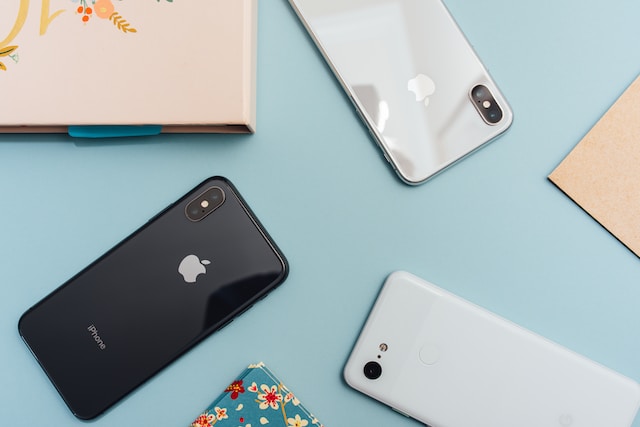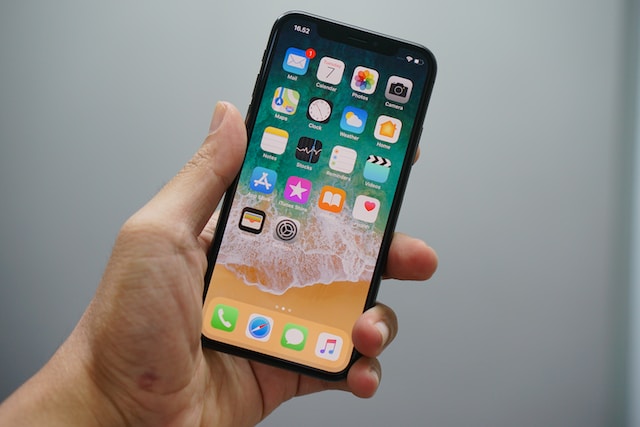Each Smartphone brand has its own pros & cons. We try to summarise the top few factors which come to mind while deciding a Brand. It is important to note that these are just generalizations, and there are always exceptions to the rule. However, the following are the most common positive as well as negative things that people associate with each smartphone brand.
Apple:
- Ecosystem Integration: Apple’s seamless integration across its devices, connecting iPhones, MacBooks, iPads, Apple Watch, Airpods and other products flawlessly.
- Design & Aesthetics: Sleek, minimalist hardware design and an iconic look together with polished & fast software UI, often prioritizing simplicity and ease of use.
- Security & Privacy: Apple touts its security and privacy across its series of iPhones.
- Faster Global Updates: Apple pushes updates to its various models at the same time globally. No staged or batch updates.
- Closed ecosystem: Apple’s ecosystem is often called a “Walled Garden”, and it can be difficult to integrate Apple devices with other platforms. There are also restrictions on what you can do with iOS.
- Slower Push of Specs: Apple often lags behind the competition in terms of specs and features. For example, no 120Hz Display on the non-Pro iPhone and lack of fast charging.
Samsung:
- Camera Technology: Samsung’s flagship smartphones consistently rank among the best in terms of camera performance offering features such as 10x optical zoom and 8K video recording.
- Software updates: Samsung has improved its software update support in recent years. The company now offers up to four years of timely software updates for its flagship smartphones.
- Ecosystem: In the Android world, Samsung is the only manufacturer who has an ecosystem similar to Apple, which ranges across laptops, smart watch, buds, tablet, etc
- Uninspiring Design: The Ultra S Series is very boxy while mid-range phones still have huge bezels. On the software front, the aesthetics of OneUI is very poor, especially its slower animations and dated icons.
- Exynos Troubles: Samsung continues with its policy of using its homegrown Exynos chips for many of its devices. Exynos is becoming notorious for its under performance.
Google Pixel:
- Software & AI Integration: Emphasis on software advancements, leveraging AI for features like Google Assistant and camera enhancements.
- Camera Prowess: Known for exceptional camera quality, optimizing software to produce stunning images.
- Clean Android Experience: Offering a clean, bloatware-free version of Android with timely updates.
- Tensor Chip Underperformance: Google has tied up to use Samsung’s Exynos chip for its Tensor platform. The chip faces issues in overheating, lower battery life & network issues.
- Poor Customer support: Google’s customer support for its Pixel smartphones has been criticized for being slow and unresponsive.
OnePlus:
- Performance & Speed: Often associated with top-notch performance and speed due to optimized hardware.
- No more Stock Android look: The erstwhile OxygenOS was controversially replaced with ColorOS which isn’t bad but it lost its USP of a clean stock Android-ish look.
- Slow Software updates: OnePlus has a history of being slow to release software updates for its smartphones, especially with its flawed staged rollout system.
- Hardware Compromises: OnePlus is known to skip features such as IP protection & Wireless Charging for its flagship devices, which are no longer sold at cheaper “flagship killer” prices.
- Average Camera Quality: Despite its Hasselblad branding & tie-ups, OnePlus is unable to compete with Apple, Samsung or Pixel even in its flagship devices.
Xiaomi / POCO
- Affordable pricing: Xiaomi smartphones are known for their affordable pricing. The company offers a wide range of smartphones at different price points, so there’s something for everyone.
- Too many products with similar naming: Many models sell with similar names & different specs in different countries leading to confusion in minds of the consumer.
- Software quality: Xiaomi’s MIUI is buggy and skips out certain key basic Android functionalities. There are also a lot of pre-installed apps as well as ads in its UI, many of which are not useful or easy to remove.
- Slow Software Updates: Many models either get very late software updates and take time to update to the latest Android version.
- Hardware Troubles: Few software updates in recent times have broken the camera as well as created motherboard issues.
Nothing
- Clean UI: Nothing OS is very clean and fast and offers a very good user experience.
- Faster Software Updates: Nothing rolls out software updates pretty quickly to all users.
- Average Camera Quality: While camera quality on Nothing Phone 2 has improved over Nothing Phone 1, there is still a lot of scope for improvements in camera department.
Motorola
- Clean UI: Motorola’s OS MyUX is very clean and close to stock Android.
- Slow Software updates: Motorola has a history of being slow to release software updates for its smartphones.
- Unispiring Design: Motorola’s smartphones are often criticized for their uninspiring design.
Each brand brings its unique flair and strengths to the table, appealing to different consumer needs and preferences.





